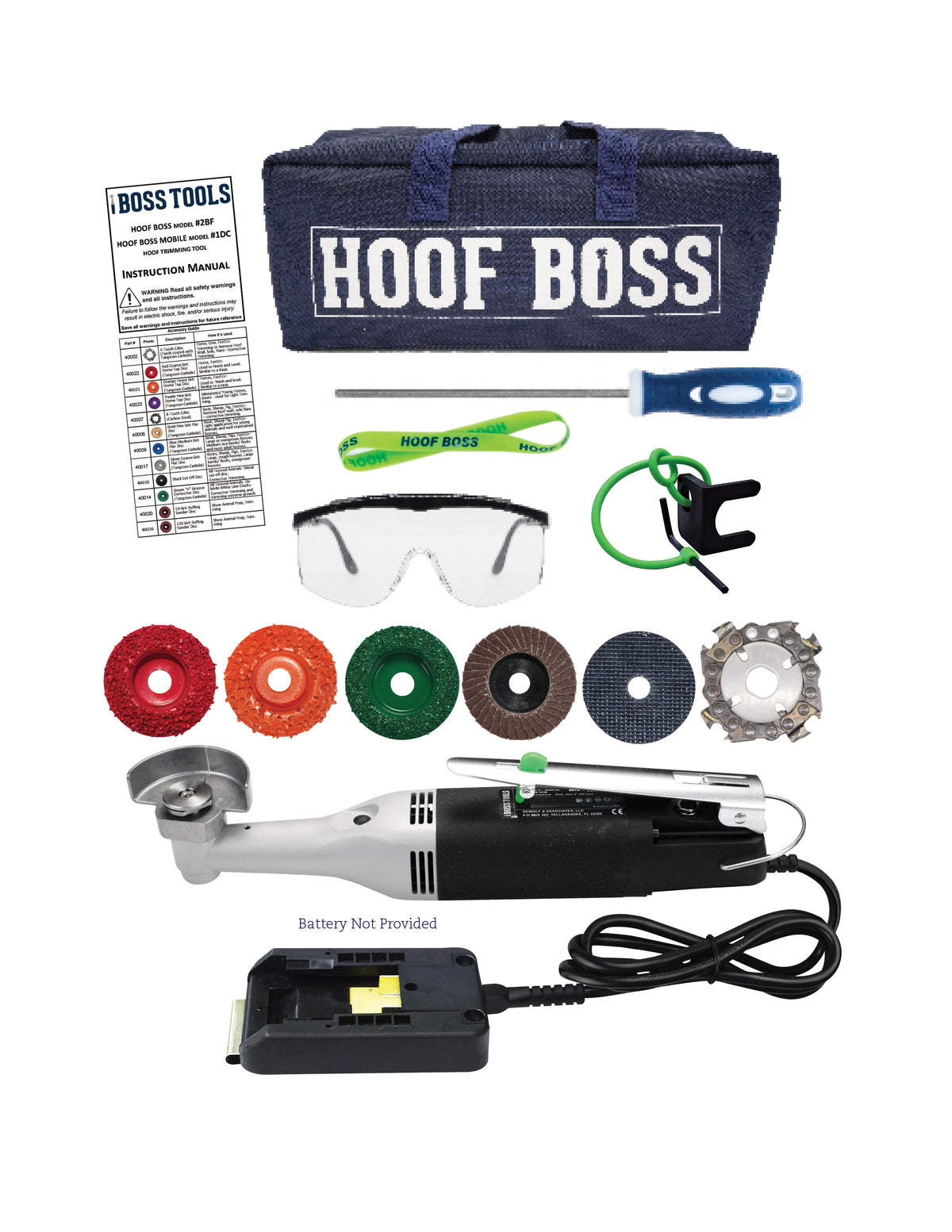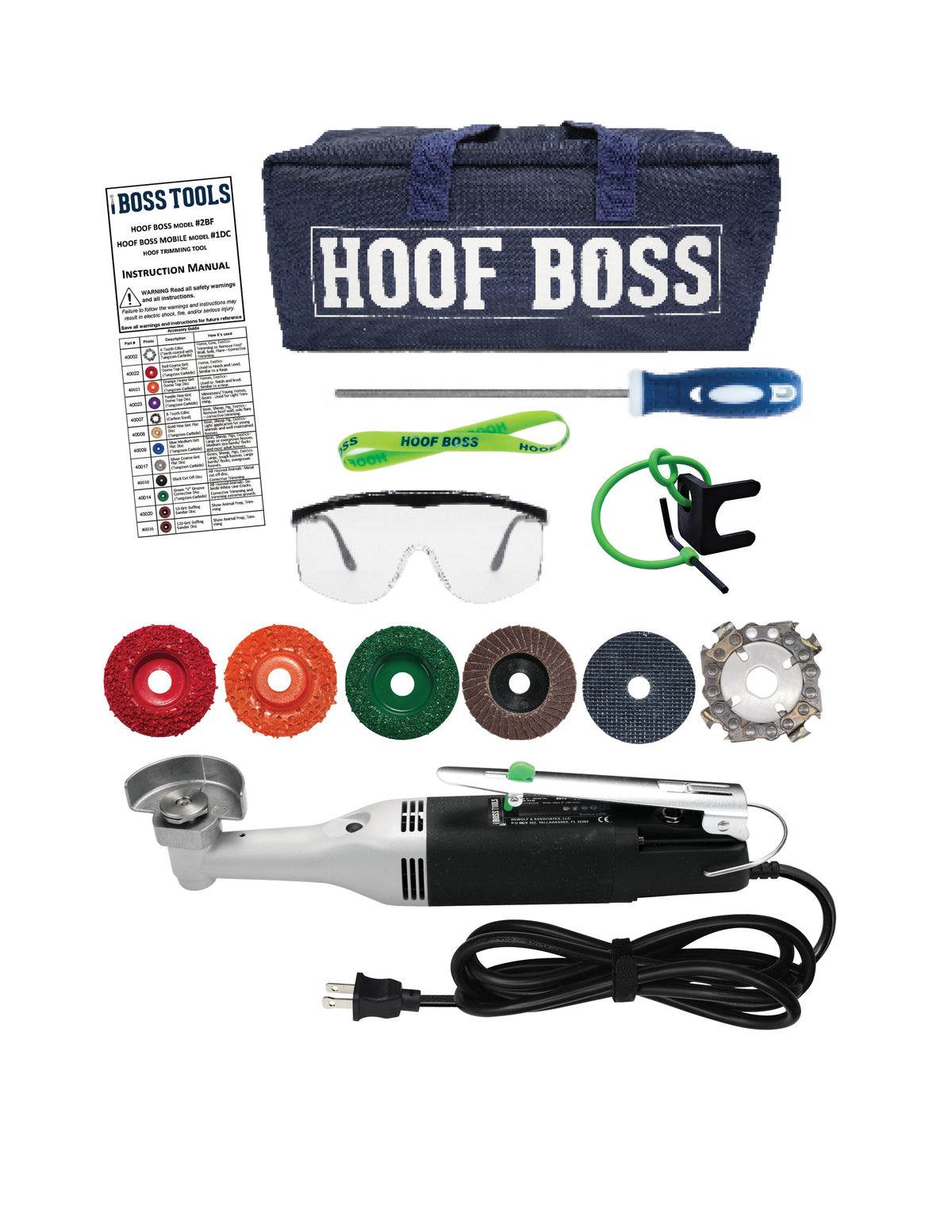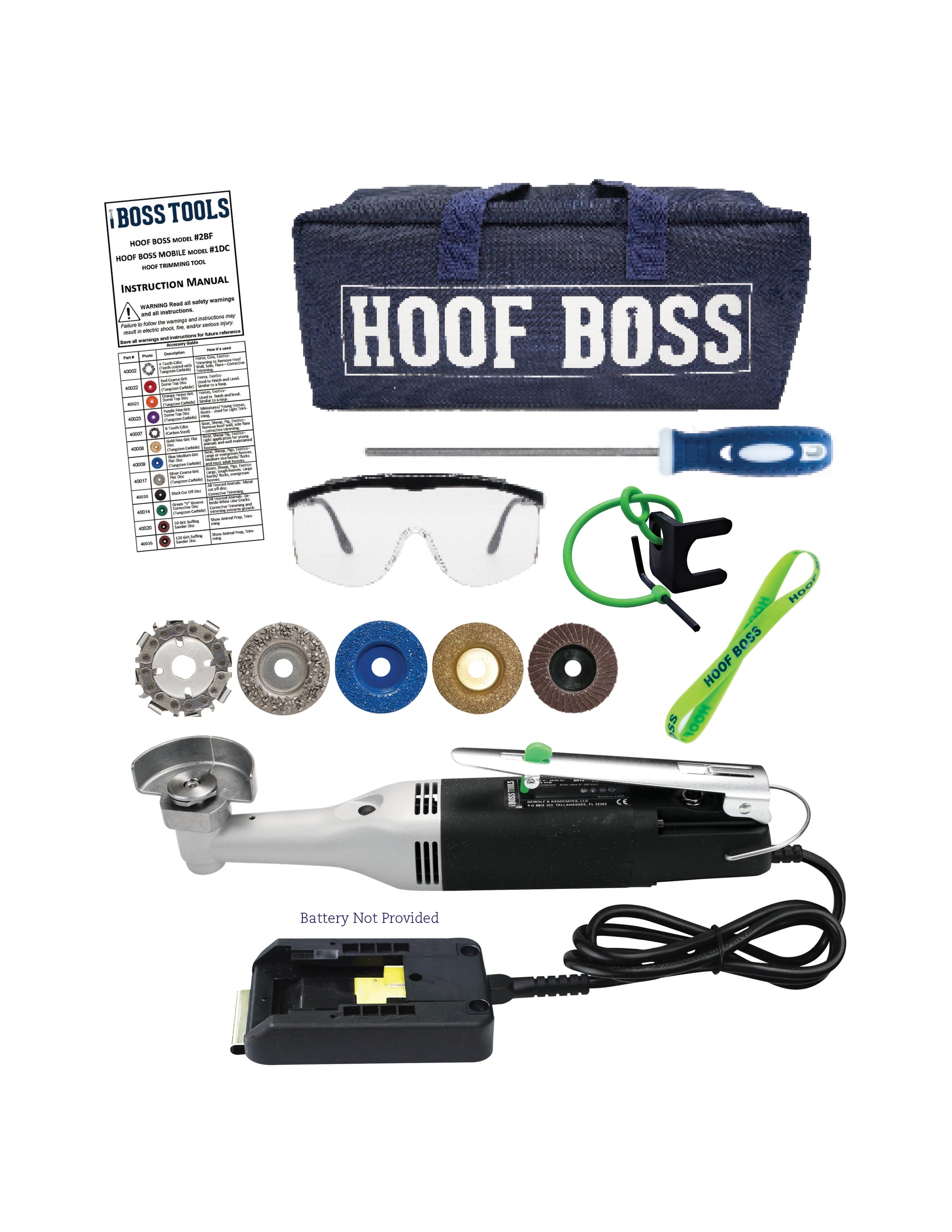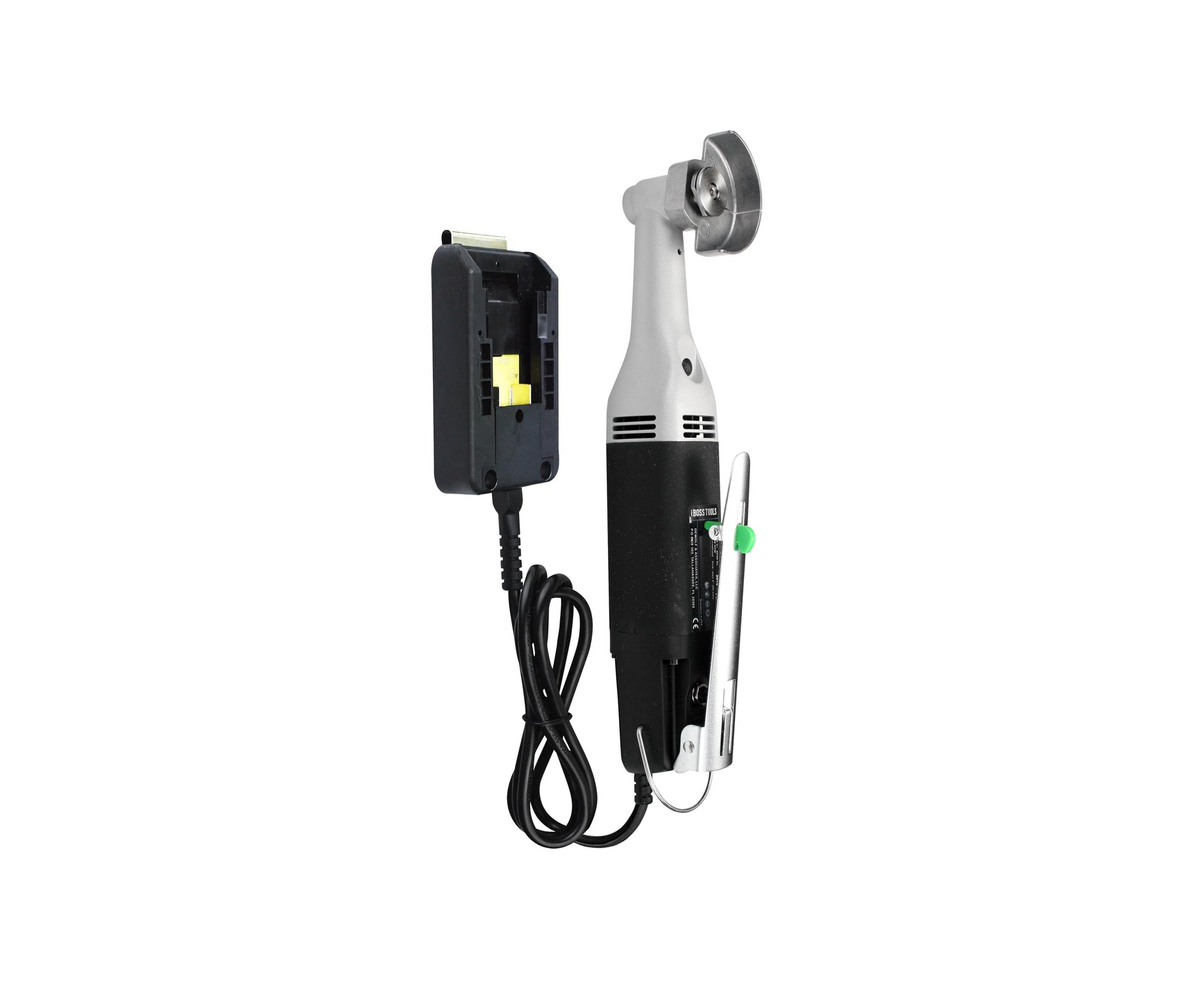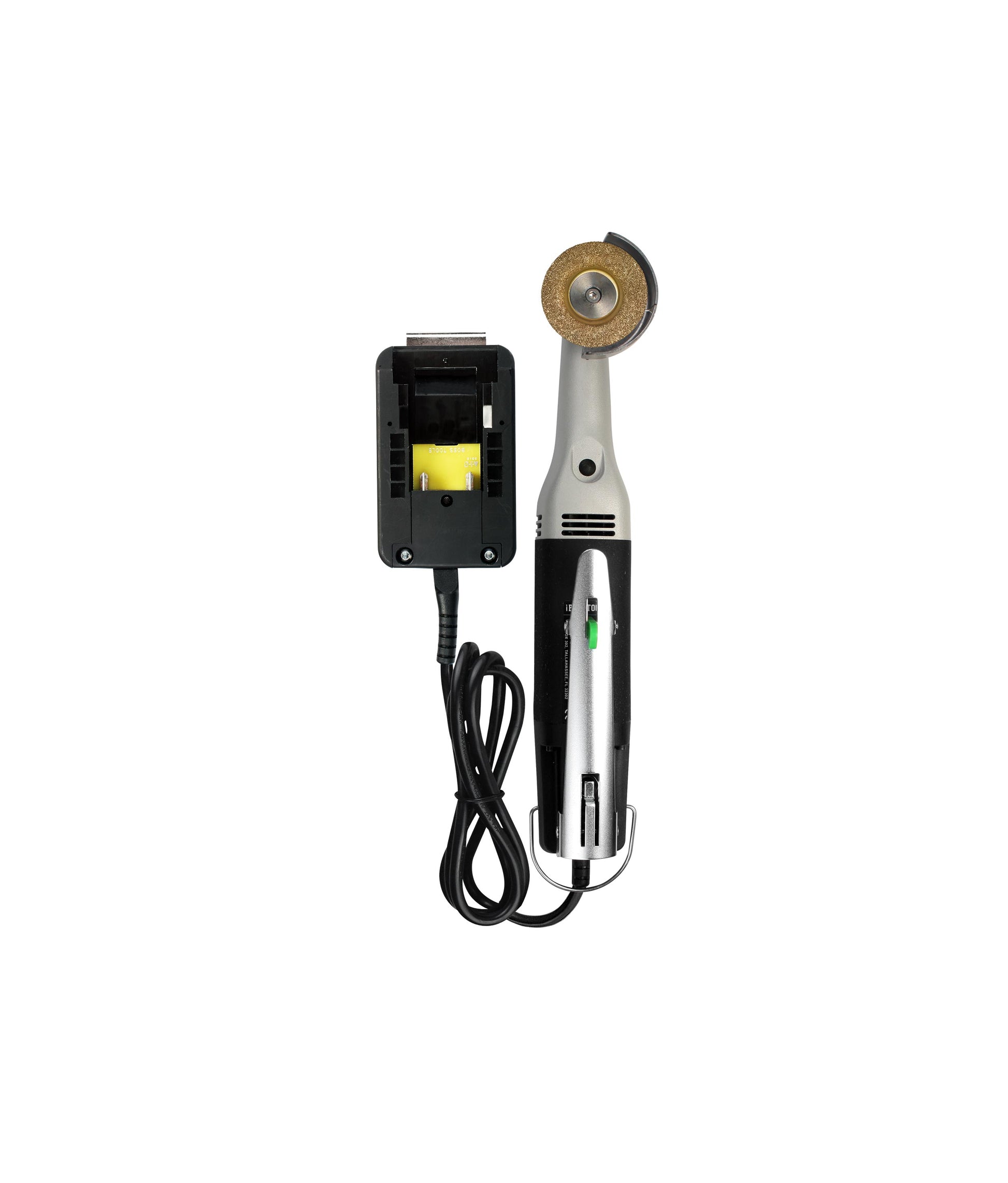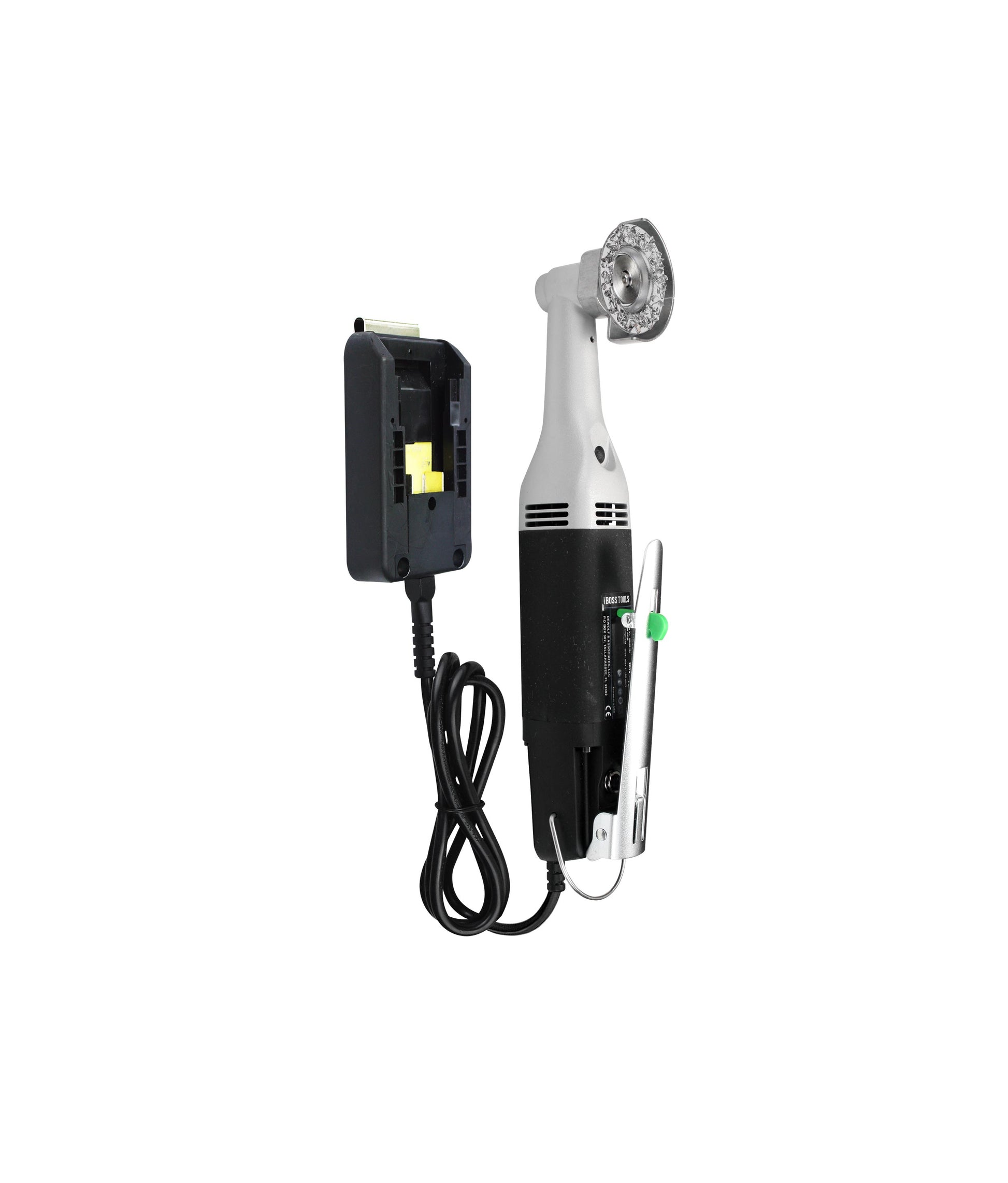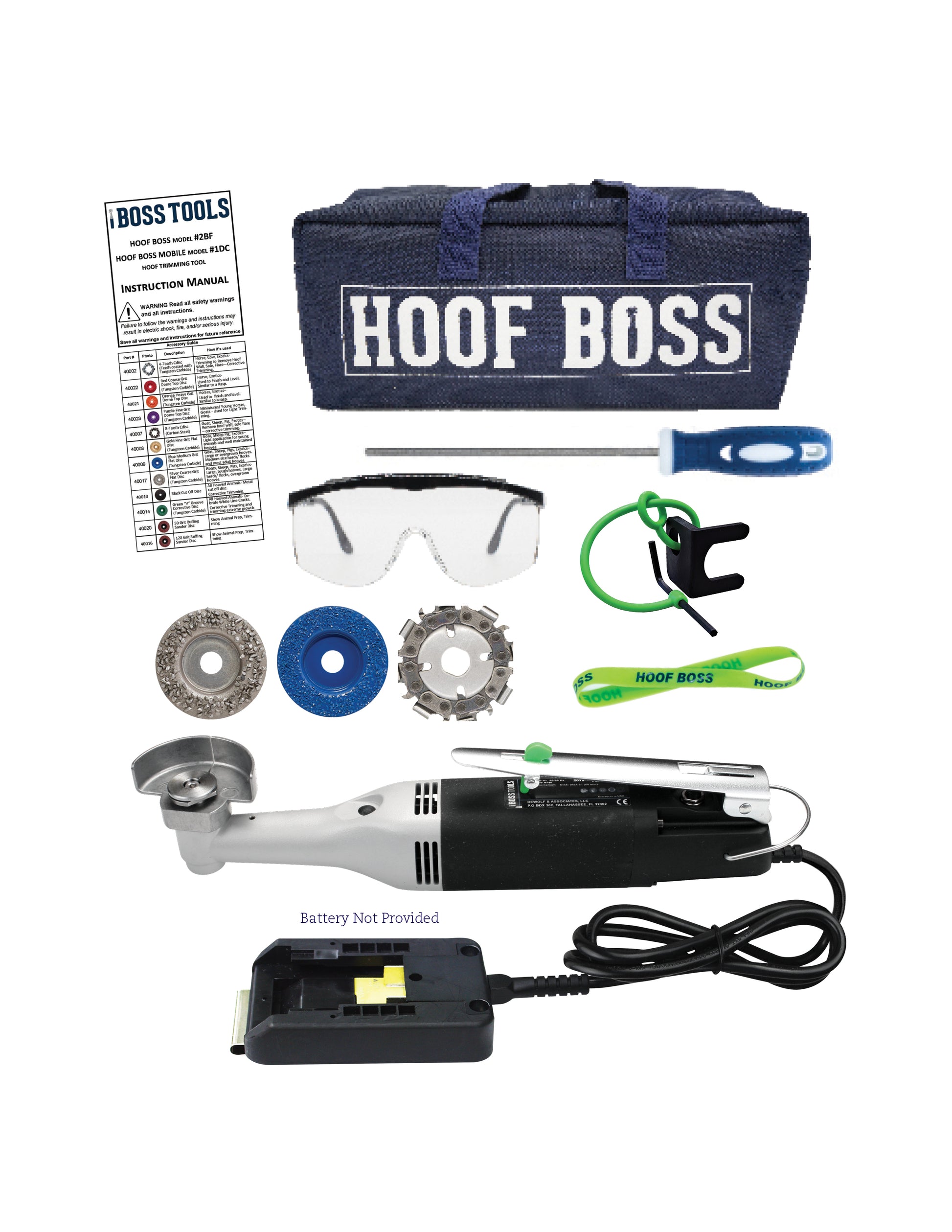Goat Hoof Anatomy: Know the Parts, Trim With Confidence
A goat’s nimble climb over rock or barn beam depends on four split hooves—each one a miniature shock-absorber and traction pad rolled into one. Learning the basic structures turns routine trims into targeted preventive care.
Why Anatomy Knowledge Matters
-
Guides trim angles that keep pasterns and knees aligned
-
Helps spot early white-line separation before hoof rot sets in
-
Informs footing and mineral tweaks that harden horn
-
Reduces over-trimming by showing where live tissue begins
The Hoof From Ground to Coronary Band
-
Outer Wall (Dorsal & Abaxial Faces) – Keratin shell that bears most weight; overgrowth here creates the tell-tale “elf shoe.”
-
White Line – Pale junction where wall laminae interlock with the sole; widening signals laminitis or bacterial invasion.
-
Sole – Slightly concave plate sharing load with the wall; should flex barely under thumb pressure—thin soles bruise quickly.
-
Heel & Heel Bulbs – Rear cushions that anchor soft tissue; cracked heels invite infection in wet pens.
-
Bars – Inward folds of the wall reinforcing the heel and limiting over-spread; leave them level with the sole, never below it.
-
Interdigital Cleft – V-shaped gap between the two claws; its self-cleaning action drops debris with every step.
-
Dewclaws – Small accessory digits higher on the pastern that aid balance on soft ground; rarely need trimming but indicate mineral status if they grow quickly.
Balanced trimming maintains even wall height with the sole, preserves bar strength, and keeps the white line tight—preventing the cracks and pockets where hoof-rot bacteria thrive.
Explore Hoof Boss Goat Hoof-Care Tools and pair anatomy know-how with equipment made for precise, stress-free maintenance.


